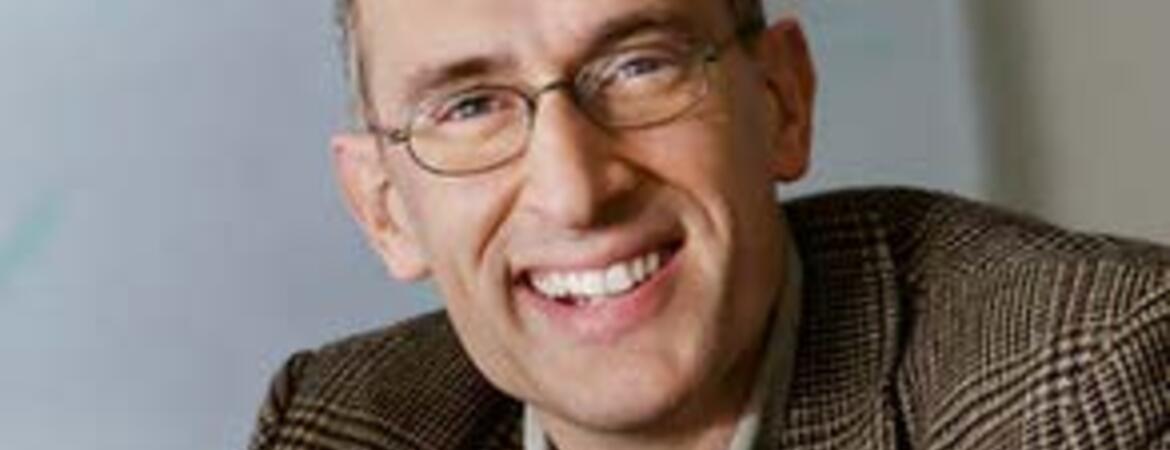
Title: The mechanics and mechanobiology of rotator cuff healing and repair
THURSDAY, OCTOBER, 28, 2021 11:00AM-11:50AM
Abstract: Mechanical force plays an essential role in shaping cells, tissues, and organs of plants and animals. The US NSF Science and Technology Center for Engineering MechanoBiology aims to define how molecules, cells and tissues integrate mechanics within plant and animal biology, and to thereby create new therapies, materials, and agricultural technologies. At the core of CEMB's approach to mechanobiology are the questions of how cells feel, adapt, and remember their mechanical environments. Motivated by the challenge of surgeries seeing to reattach tendon to bone, this talk will describe work from our center on how wound-healing cells called fibroblasts feel, adapt, and remember the mechanical cues that cause them to transformation from an initially inactive state to a contractile, proliferative state called a myofibroblast. Myofibroblasts aid wound healing when triggered appropriately, but lead to significant morbidity when triggered pathologically. Key themes are the role of rigorous quantitative engineering tools in understanding these problems, and the need for tightly integrated theory and experiment as the field progresses towards a predictive science. The talk will conclude with a description of technologies currently under development to apply mechanical and mechanobiological insight to improved tendon-to-bone repair.Title: The mechanics and mechanobiology of rotator cuff healing and repair Abstract: Mechanical force plays an essential role in shaping cells, tissues, and organs of plants and animals. The US NSF Science and Technology Center for Engineering MechanoBiology aims to define how molecules, cells and tissues integrate mechanics within plant and animal biology, and to thereby create new therapies, materials, and agricultural technologies. At the core of CEMB's approach to mechanobiology are the questions of how cells feel, adapt, and remember their mechanical environments. Motivated by the challenge of surgeries seeing to reattach tendon to bone, this talk will describe work from our center on how wound-healing cells called fibroblasts feel, adapt, and remember the mechanical cues that cause them to transformation from an initially inactive state to a contractile, proliferative state called a myofibroblast. Myofibroblasts aid wound healing when triggered appropriately, but lead to significant morbidity when triggered pathologically. Key themes are the role of rigorous quantitative engineering tools in understanding these problems, and the need for tightly integrated theory and experiment as the field progresses towards a predictive science. The talk will conclude with a description of technologies currently under development to apply mechanical and mechanobiological insight to improved tendon-to-bone repair.